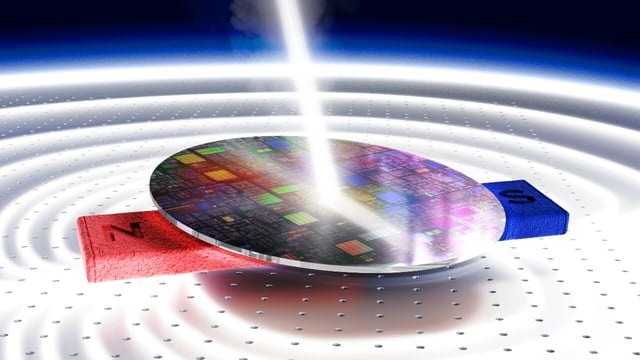Overview
- The enhanced MOKE technique pairs a 440 nm laser with large-amplitude magnetic-field modulation, boosting sensitivity to detect magnetic responses in copper, gold, aluminum, tantalum and platinum.
- Direct measurements revealed clear spin-orbit coupling patterns in signals once dismissed as random noise, offering insights into quantum electron behavior.
- The optical approach requires no wire contacts, massive magnets or cryogenic cooling, enabling non-invasive, room-temperature magneto-optical characterization.
- The study appeared July 17, 2025 in Nature Communications and was led by Nadav Am Shalom and Prof. Amir Capua of Hebrew University with collaborators from the Weizmann Institute, Penn State and the University of Manchester.
- This breakthrough could pave the way for faster processors, energy-efficient systems, advanced sensors and next-generation spintronic and quantum technologies.
